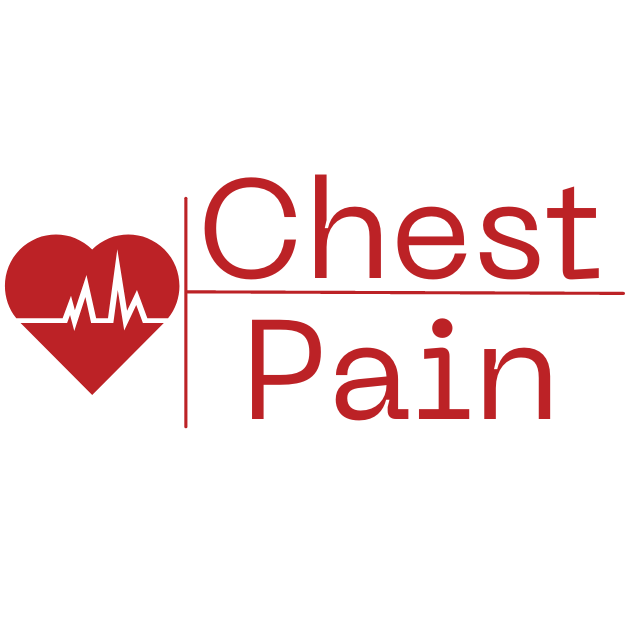Emphysema is a condition in which the lung’s air sacs are damaged and create larger air spaces in the lungs. It is a lung disease caused by smoking related to COPD (chronic obstructive pulmonary disease); COPD is a group of lung diseases that creates shortness of breathing. Usually, air sacs fill up the space with air, but in emphysema, the walls of air sacs lose their shape. Air sacs become larger instead of tiny ones. It can worsen the respiratory process when the oxygen traps and carbon dioxide cannot move out during breathing. It is quite challenging to treat once a person suffers from emphysema.
Types of Emphysema
There are three types :
- Centriacinar Emphysema: This type affects the alveoli and the airways in the central acinus. It also destroys the alveoli present in the walls of respiratory bronchioles and the alveolar ducts.
- Paraseptal Emphysema: This type causes severe destruction in the alveoli and leads to pulmonary bullous disease.
- Panacinar Emphysema: It causes permanent destruction in air spaces and affects the whole acinus.
Causes of Emphysema
Some of the leading causes are given below:
- Smoking: Smoking is the main cause that destroys the lung’s tissues and creates itchiness in the windpipe.
- Air pollutants: Air pollutants such as chemicals, dust, and irritants in the air fill the alveoli and create inflammation, leading to emphysema.
- Viral infections: Viral infections like cold, influenza, and other respiratory infections swollen the airways, resulting in shortness of breathing.
- Genetics: The deficiency of alpha-1 antitrypsin is the leading cause of emphysema.
Symptoms of Emphysema
Symptoms vary from person to person based on their severity. In the early stages, it is difficult to notice the symptoms of emphysema, but as the condition worsens, the symptoms become life-threatening.
Here are some common symptom:
- Shortness in breathing
- Long-term secretion of mucus in bronchiole tubes
- Tightness of chest
- Coughing
- Wheezing attacks
- Fatigue
- Anxiety
- Feeling of deficient air for breathing
Diagnoses of Emphysema
A doctor will do the following tests;
- Physical exam: Your doctor will use the stethoscope to examine your breathing speed. He can tap on your chest to listen to any sound to detect whether the air is trapped.
- Lung functioning test: Your doctor can require a lung functioning test to determine the lungs functioning during inhaling and exhaling.
- Spirometry: This test tells how much air you can exhale or inhale while taking a deep breath. It also tests the bronchial tube’s narrowness and wideness.
- Peak flow: A peak flow is a meter that checks the lungs’ breathing mechanism. Low peak flow indicates the lousy condition of your lungs.
- X-rays: A chest x-ray and CAT (computer-aided tomography) show the structural abnormalities and presence of infection in the chest that can cause breathing problems. X-rays are helpful in detecting the severe stage of emphysema instead of the early one.
- Pulse oximetry test: This test determines oxygen saturation in the blood. Its readings also tell us about the level of oxygen rate present in the lungs. During this test, a monitor is attached to a person’s finger, behind the ear, or on the forehead.
- Electrocardiogram (ECG): ECG is done to check the regularity of heart function. Any irregularity in the heart function can create shortness of breathing, leading to emphysema.
- Arterial blood gas test: This test is used in the worst stages of emphysema, determining the amount of oxygen and carbon dioxide in the patients’ lungs.
Treatment of Emphysema
It is an uncured disease that cannot be eradicated completely, but its symptoms can be controlled by proper treatment and medication. The treatment of emphysema depends on its severity. The following treatment options can be used:
- Lifestyle changes: A good lifestyle change can reduce the chance of getting emphysema. You can effectively treat your emphysema by quitting smoking and avoiding second-hand smoke. Moreover, a proper diet (full of nutrients) and exercise can also help to strengthen your muscles.
- Bronchodilator medications: This medication opens the windpipe for proper flow of air. It also relaxes the muscles and makes breathing easier. Bronchodilator medication is taken through an inhaler that gives quick relief to the patient.
- Anti-biotics: This helps to reduce the inflammation around your airway. Bacterial infections like pneumonia can also be treated with antibiotics. However, long-term use of antibiotics can lead to serious side effects on your body.
- Oxygen therapy: It lowers the oxygen level in the body necessary for smooth breathing. Oxygen therapy can be given for normal breathing.
- Pulmonary rehabilitation (PR): PR is a program used to guide the patient about normal breathing. It includes exercise guidelines, food nutrients, management, and psychological counseling.
- Surgery: Surgery is the last option to treat emphysema. Primarily lung volume reduction surgery is performed in which the doctor removes the damaged part of the lungs and then joins the healthier parts together for their proper functioning. The damaged air sacs are also removed during surgery which does not fill the air. This surgery helps the patient to get relief from breathing pressure and improves the lung’s elasticity.
- Lung transplant: During this process, the entire lung of a patient is transplanted with the healthier ones.
Moreover, preventive measures are also helpful in reducing the chances of getting emphysema.
Risk Factors:
Factors of developing are given below:
- Smoking: Long-term smoking is the main factor in developing emphysema. Cigarette smokers, cigar smokers, and pipe smokers are susceptible to emphysema.
- Aging: As the symptoms of emphysema develop gradually, that person starts to experience it from the age of 40 to till 60.
- Long-term exposure to chemicals: Second-hand smoking, air pollution, dust, heating fuels, pollen grains, and weeds are all risk factors for emphysema.
- Genetics: If the patient has a genetic history of COPD, he will be at higher risk of emphysema due to the genetic condition ‘alpha-1 antitrypsin deficiency’.
